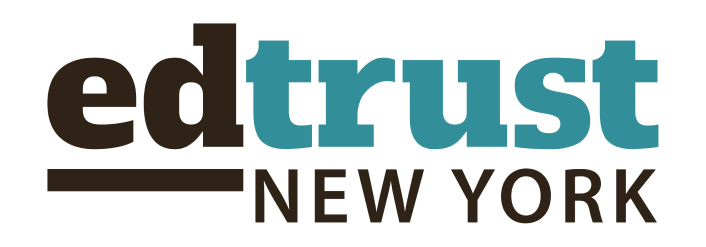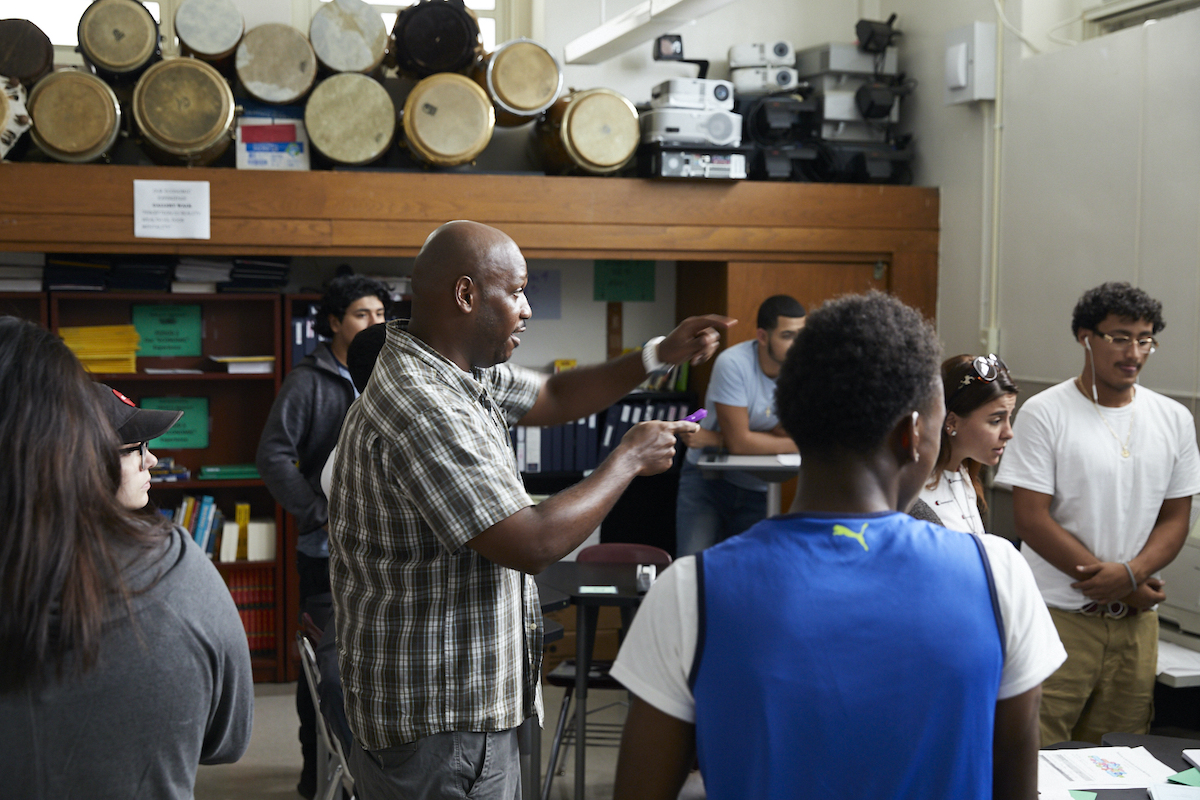NEW YORK – Although New York is home to one of the most diverse student populations in the country, a new analysis released today reveals that the makeup of the state’s teacher workforce falls far short in representing the rich diversity of its students, leaving many students of color without access to teachers of the same race.
Despite bodies of research that show access to diverse teachers is important for all students and efforts to improve diversity across the state, this new analysis shows that between the 2018-2019 and 2021-2022 school years, New York did not move the needle on cultivating a more diverse teacher workforce.
The critical role that strong teachers, school leaders, and other professionals play in student success is central to closing gaps for students at all levels. Powerful national research reinforces the importance of highly skilled, well-trained, and diverse teachers.
Studies indicate that for students of color, having a teacher of color during their educational experience can have a positive impact on improving student performance in reading and math, increasing the likelihood that Black students are identified as gifted, reducing suspension rates, decreasing dropout rates, and improving students’ hopes of attending college.
Among the key findings of this new analysis:
- New York’s teacher workforce does not come close to representing the rich racial/ethnic diversity of its student population;
- Between the 2018-2019 and 2021-2022 school years, the racial/ethnic makeup of New York’s teacher workforce remained relatively stagnant;
- Although having access to teachers of color benefits all students, more than one in five New York students attend schools without any teachers of color on staff. Roughly one in ten Black and Latinx students attend schools without teachers of the same race. The proportion of Asian and American Indian students attending a school without a same-race teacher is even higher at 19% and 76% respectively. Roughly one in three White students attends a school without any teachers of color;
- Access to teachers of color varies widely across type of district, with students in rural high needs districts being most likely to attend a school without a teacher of color, and students in New York City and the Big 4 being least likely;
- Students of color are far more likely to attend schools with more than five new teachers compared to their White peers. White students also had overwhelmingly more access to the most experienced teachers than students of color.
The findings come even as districts across the state have taken steps to improve the recruitment and retention of diverse teachers. These data make clear that there is still much work to be done for New York to cultivate a workforce that better represents its student population.
Districts and the state can use the significant new funding from the American Rescue Plan Act and increases in state Foundation Aid to support programs and initiatives to advance these key priorities including:
- Strengthen the teacher preparation pipeline for future teachers and school leaders of color;
- Improve recruitment and hiring at the state and school district level;
- Focusing greater attention on retention, support, and career advancement for teachers of color.
“Having access to teachers of color benefits all students and that is why it is crucial that New York act with the greatest urgency to recruit and retain a diverse teacher workforce,” said Dia Bryant, executive director of EdTrust-New York. “The upcoming budget and legislative season, combined with the historic infusion of funding into New York school districts, present an opportunity to invest in a more diverse educator workforce.”
“New York is one of the most diverse states in the nation and we must make sure that is reflected in our educators,” said Jacquelyn Martell, state director of Education Reform Now New York. “Ensuring teacher and school leadership diversity not only benefits students of color, but all students. State policymakers must expand the teacher pipeline, increase support and provide professional development to retain these educators, so our children can gain representation and increased cultural competency.”
“New York State can’t afford to be on the sidelines while other states across the country are increasing the diversity of the teacher workforce through innovative practices,” said Evan Stone, co-founder and co-CEO of Educators for Excellence. “An abundance of research confirms what we continuously hear from New York’s educators: investing in a more diverse educator workforce is essential to meeting the needs of our students in a post-pandemic world.”
“Children spend more time in school than at home during the school year,” said Arva Rice, president and CEO of New York Urban League. “As a result, they need to be taught and supported by educators that look like them and can relate to their life experiences. Diverse teachers lead to less suspensions, and higher overall rates of achievement. In 2022, diversity in the classroom is a necessity.”

